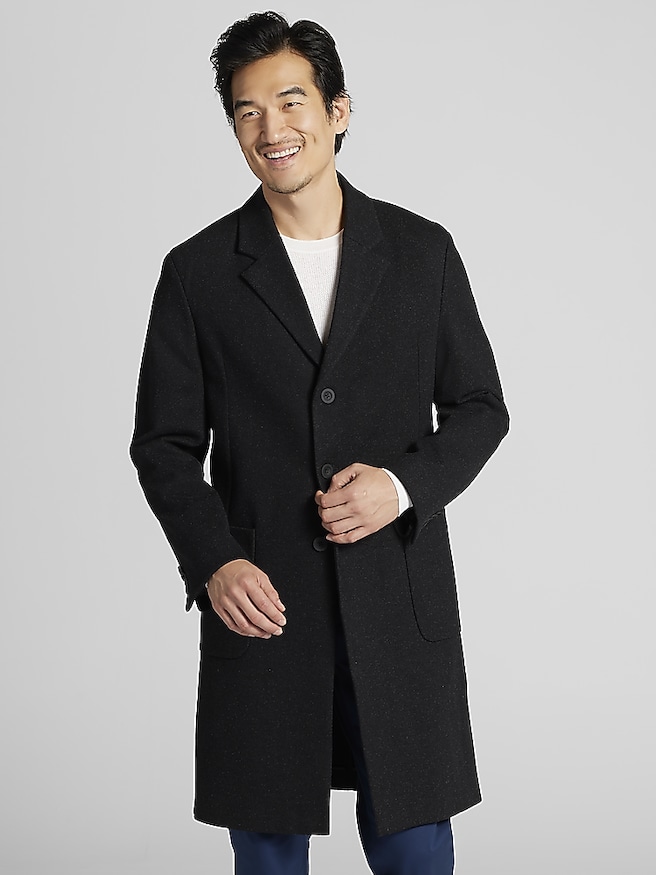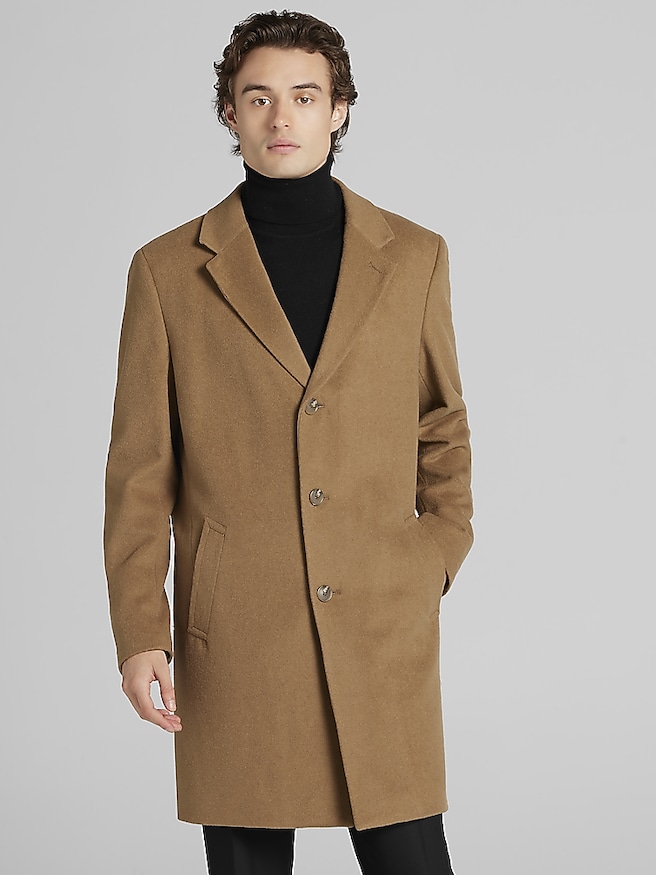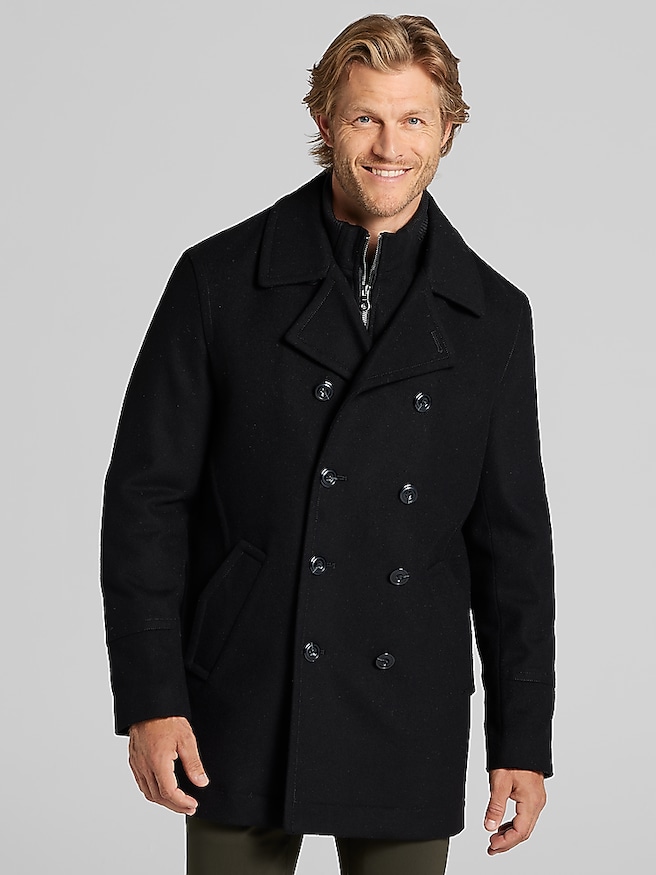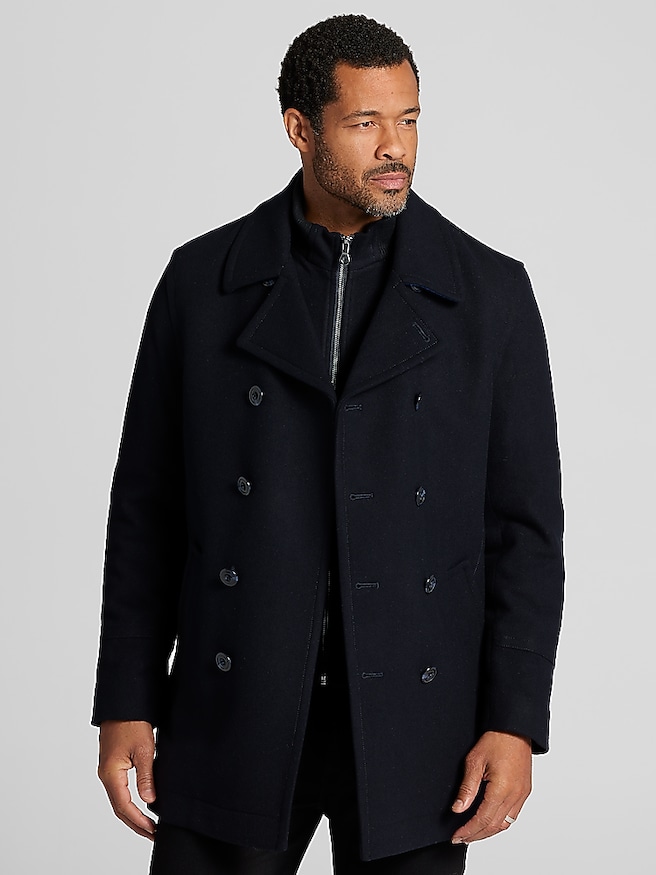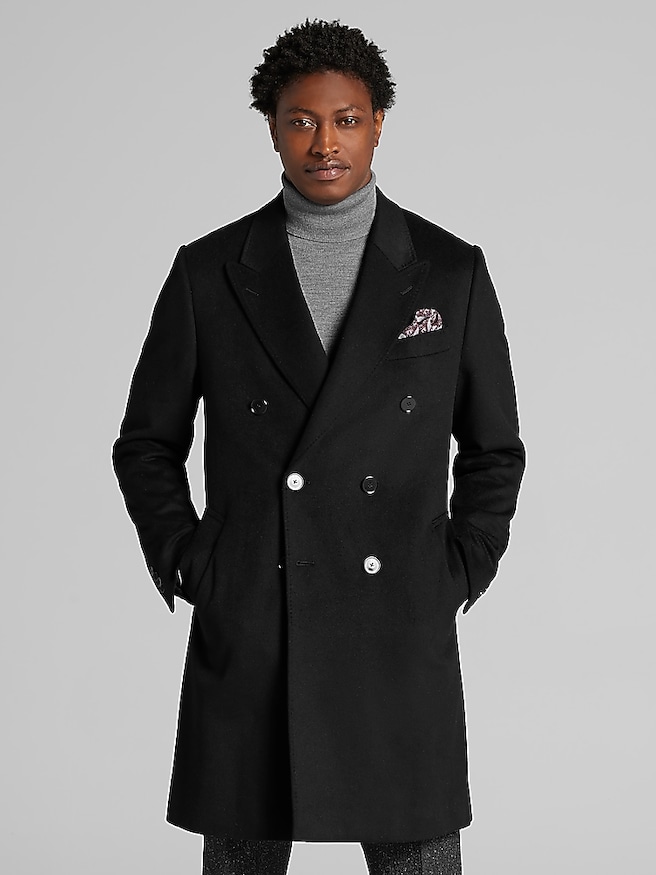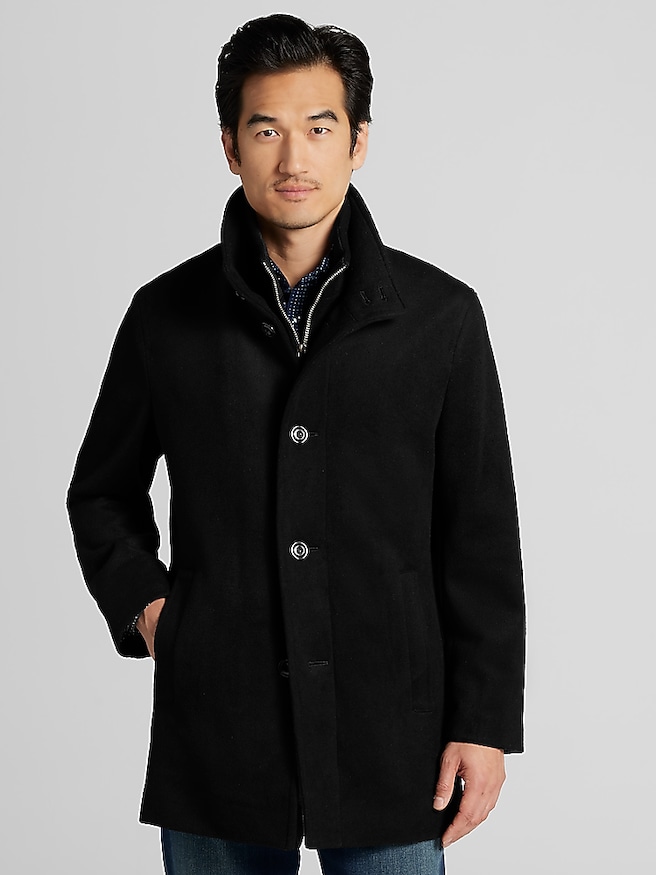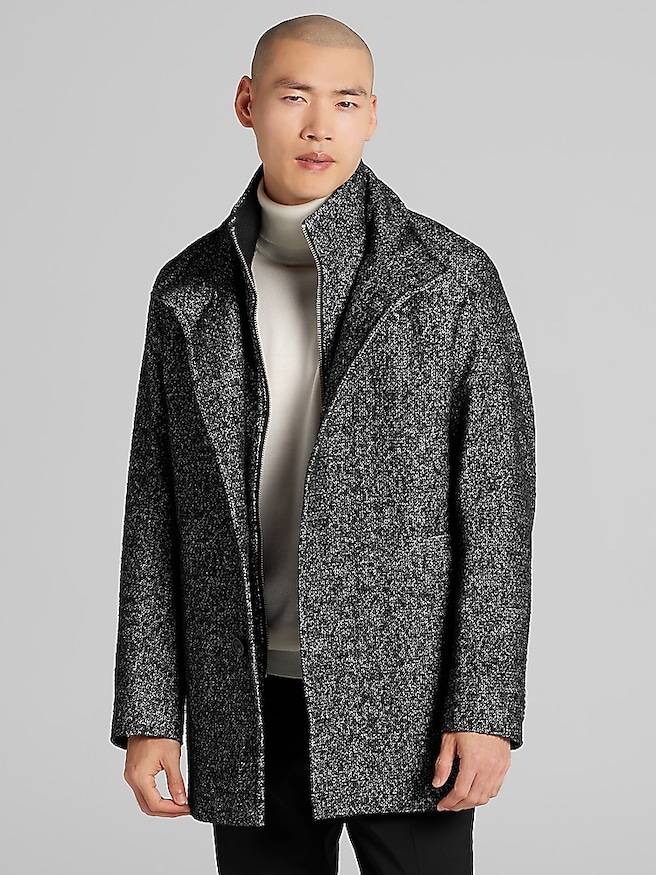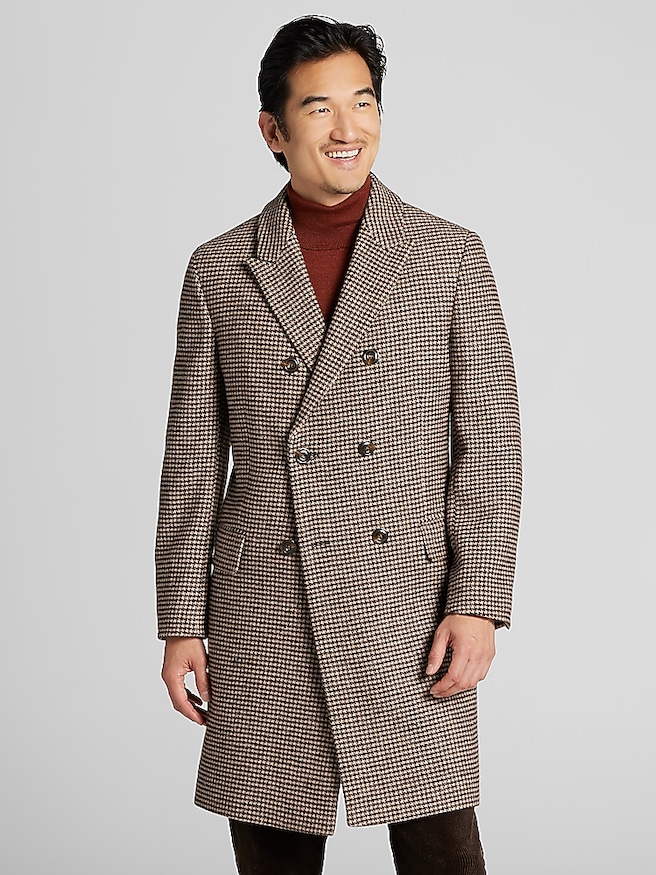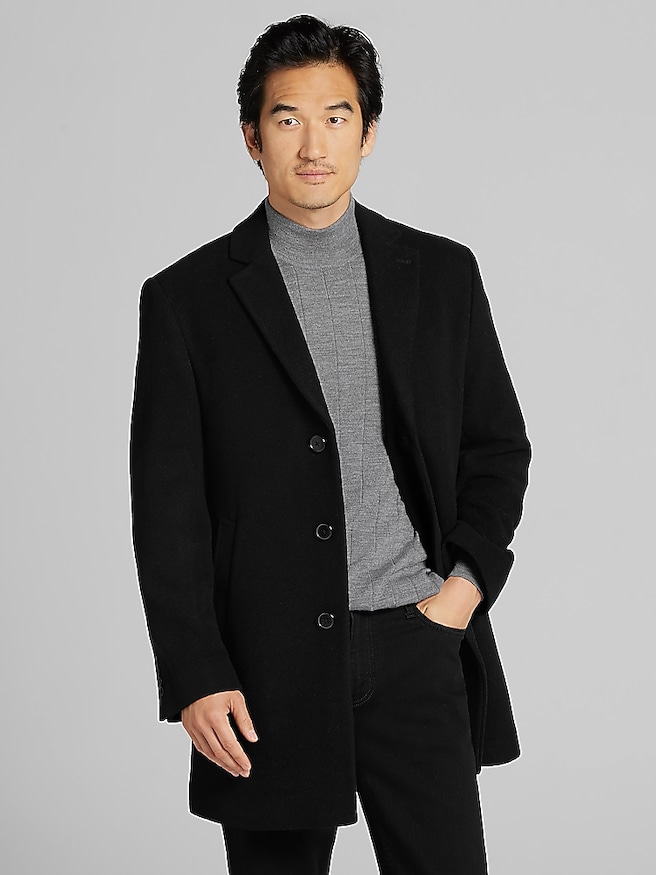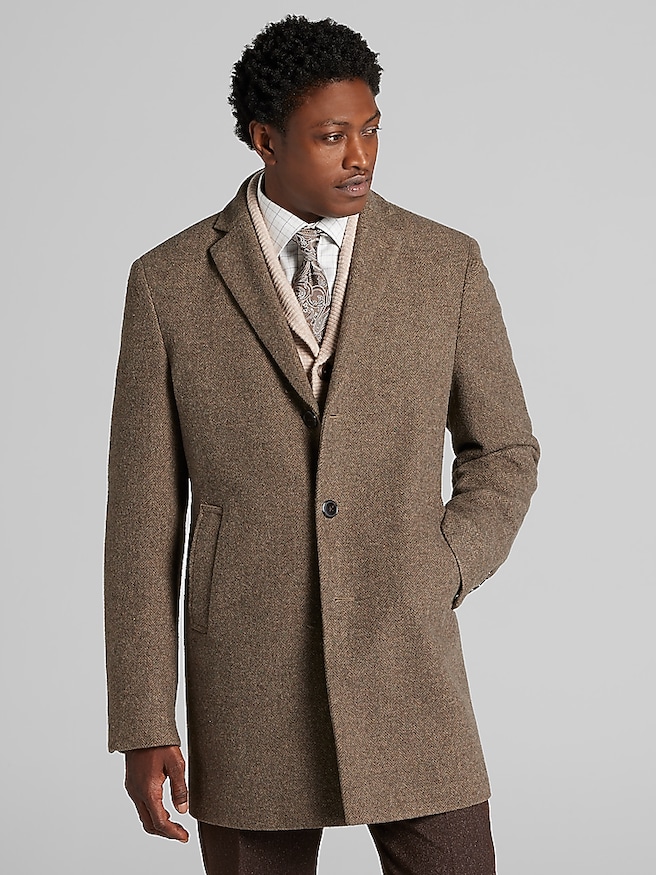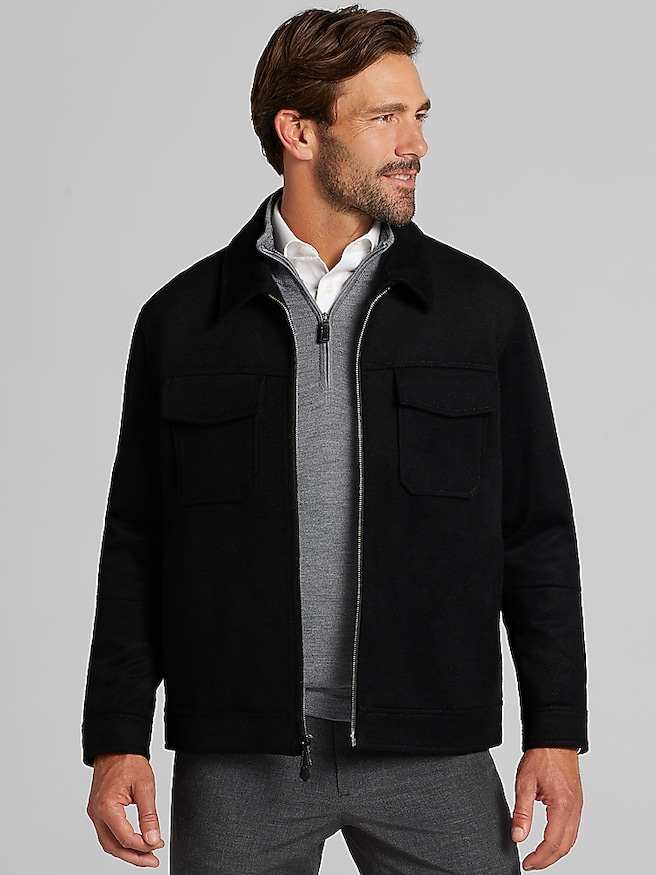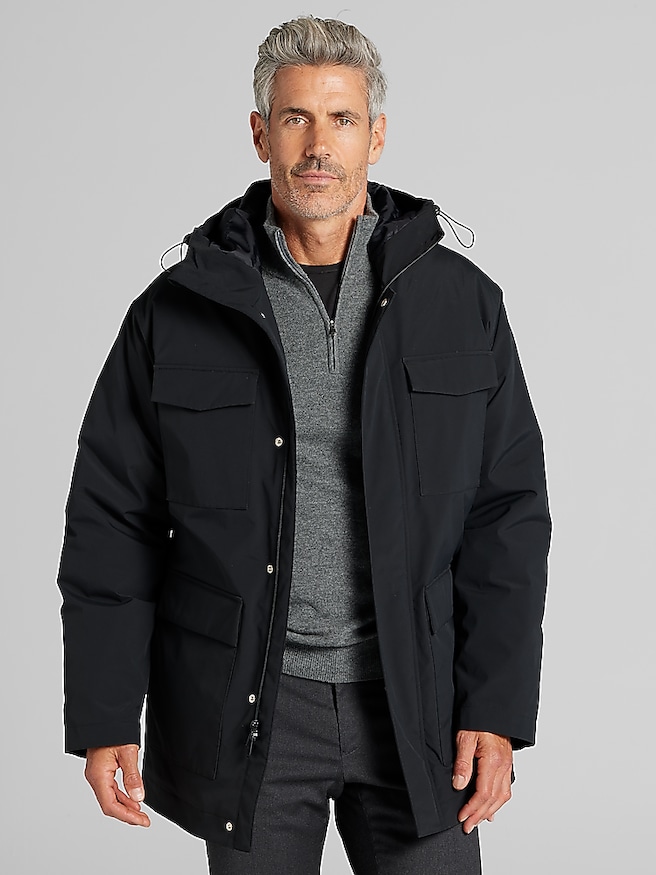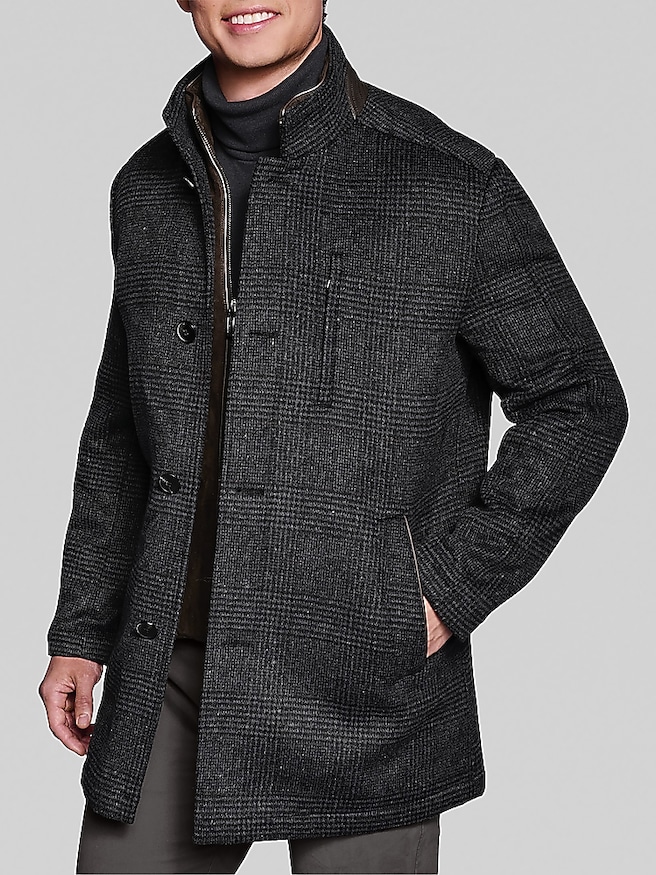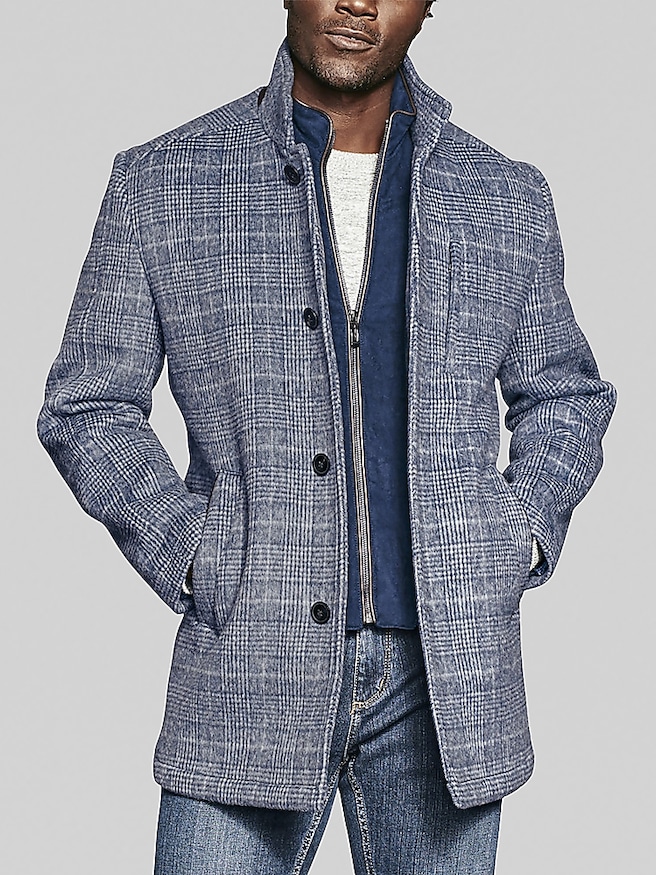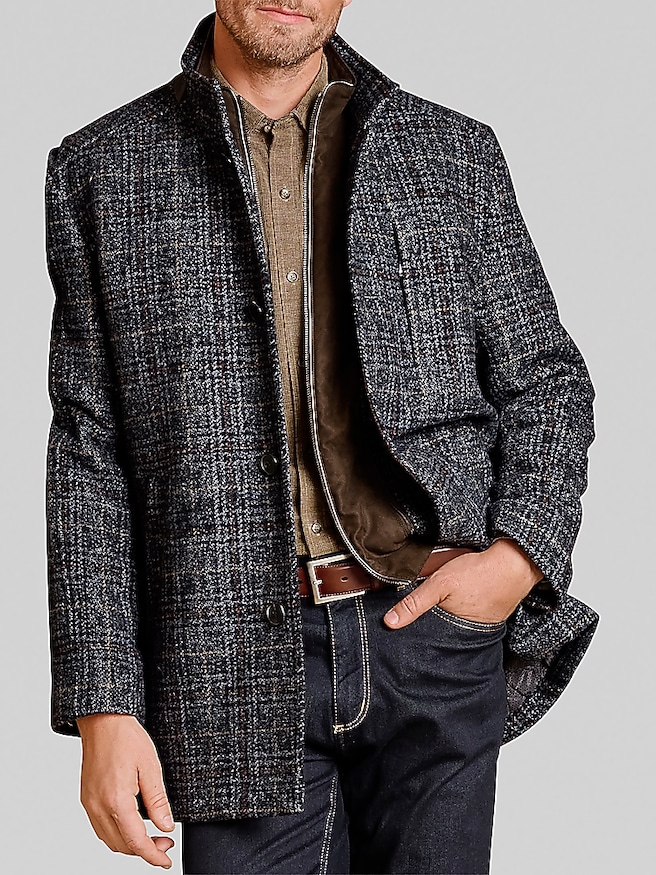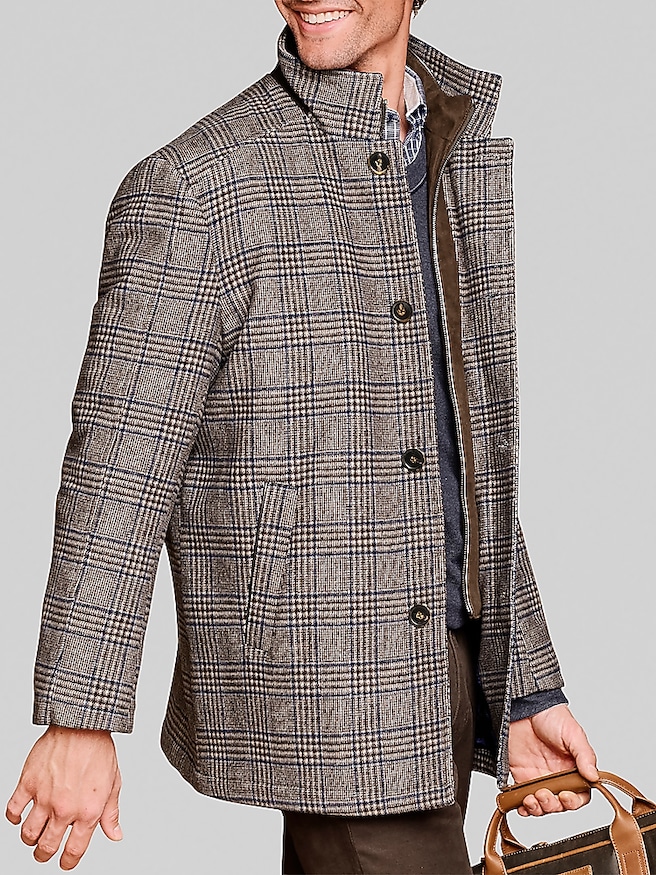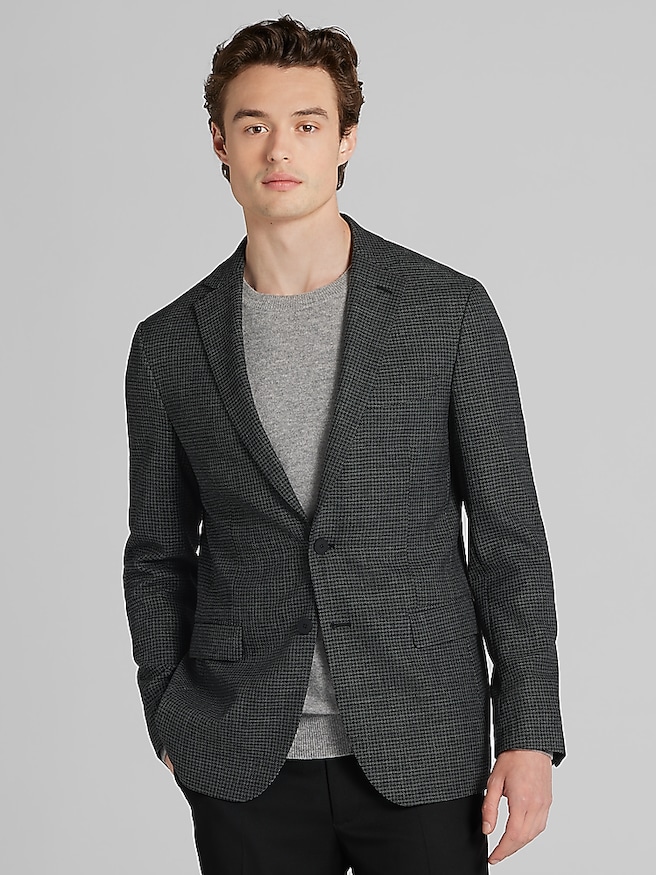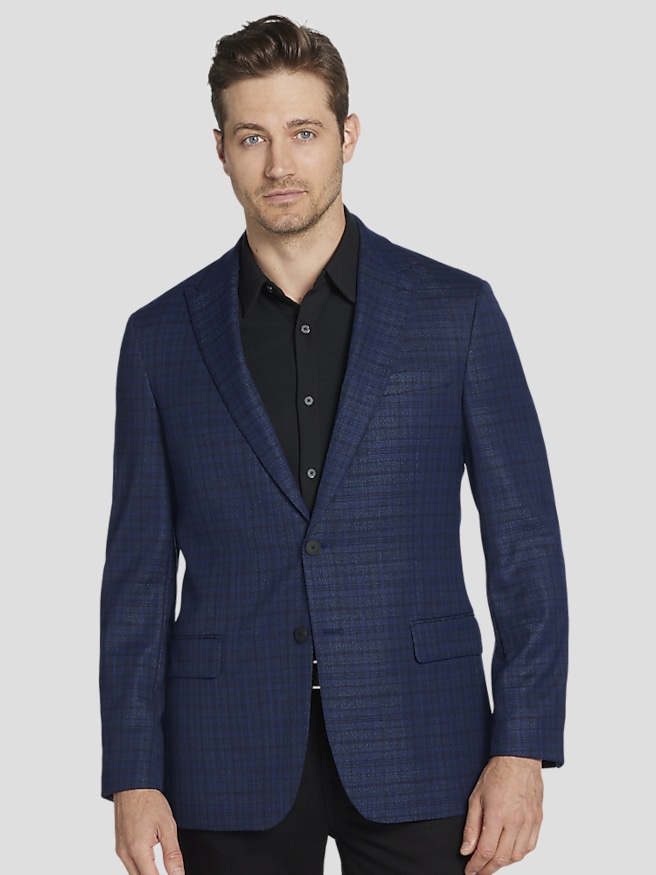Cyber Monday Deals On Overcoats
Cyber Monday deals on overcoats are here, making it the perfect time to elevate your cold-weather style while enjoying exceptional savings. Discover a wide selection of sophisticated outerwear designed to keep you looking sharp and feeling comfortable all season long. Whether you’re updating your wardrobe or searching for the ideal gift, these limited-time offers make it easy to find the perfect overcoat at an unbeatable value. Don’t miss out on these exclusive Cyber Monday deals on overcoats—shop now and step out in style this winter.
Cyber Monday Deals On Overcoats
FAQs
What are the main differences between an overcoat and a topcoat?
An overcoat is typically made from heavier fabrics like wool and is designed to be worn over a suit or multiple layers, providing substantial warmth in colder weather. A topcoat, on the other hand, is usually lighter in weight and often falls above the knee, making it ideal for milder conditions or transitional seasons. Both offer a polished look, but overcoats are generally preferred for the coldest months.
Which occasions are most suitable for wearing an overcoat?
Overcoats are versatile enough to be worn for a range of occasions, from daily work commutes and business meetings to formal events such as weddings and holiday gatherings. They can also elevate casual outfits for weekend outings or dinners, adding a layer of sophistication and warmth.
How should I care for my overcoat to maintain its appearance?
To keep your overcoat looking its best, brush it regularly to remove surface dust and lint, and hang it on a sturdy, wide-shouldered hanger to preserve its shape. Spot clean minor stains promptly and consider professional dry cleaning once or twice a season, depending on wear. Storing your overcoat in a breathable garment bag during the off-season will help protect it from moths and dust.
Are there particular colors of overcoats that are considered timeless?
Classic colors such as charcoal, navy, camel, and black have stood the test of time and remain popular choices for overcoats. These shades are easy to pair with both formal and casual attire, offering maximum versatility. A men’s grey pea coat, for example, is a staple that complements a wide range of outfits and occasions.
What materials are commonly used in quality overcoats?
High-quality overcoats are most often crafted from wool or wool blends, prized for their warmth, durability, and natural breathability. Some coats may incorporate cashmere for added softness or feature synthetic fibers for enhanced weather resistance. The choice of material can affect the coat's weight, texture, and overall performance in different climates.

